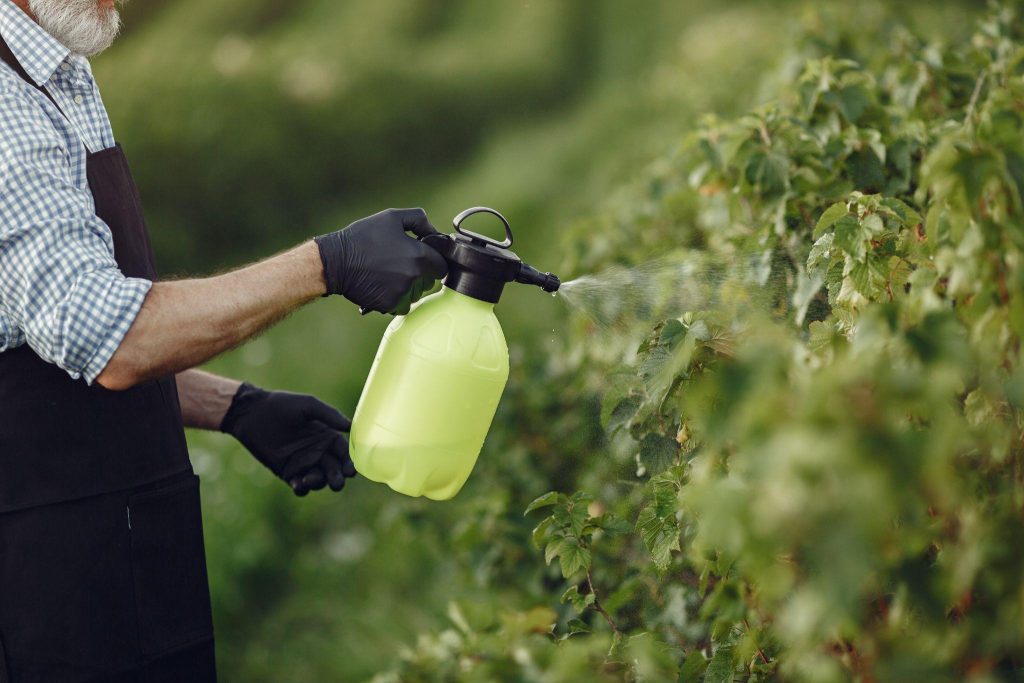The seasonal rhythm has been used to control pests, agricultural activities to date. Something unusual has been occurring, however, within the past few decades. The pests whom we had ourselves supposed to know are no longer observing the rules. It is not a coincidence that this disturbing change is climate change at work.
With the increased global temperatures and the less predictable weather patterns, the pest populations are changing at a rate higher than we are, and local pest control services must act faster. The result? The increase of the climate change pests, new invasive species, and the increasing threat to our home, our food, to our health.
When Seasons Stop Playing by the Rules
Traditionally, the cold winters have been the reset button that nature has used. Most pests depend on freezes to regulate their population, and die away or become dormant until spring. However, the natural control system is failing with softer winters and with earlier thaws.
This is the way seasonal changes are creating climate change pests:
- The earlier springs cause premature migration and hatching.
- Increased summers imply that pests have more time to procreate and feed.
- Late autumns prolong the infestations far beyond the customary seasons of the pests.
The infestations in the spring are increasing in earlier times and duration. During the summer, there is an increase in population. The consequence is a battle against bugs throughout the year that has been bringing us a break once a year.
How Warmer Weather Changes Pest Life Cycles
The pests are very flexible, and warmth is a great friend of pests. The faster the average world temperature rises, the faster the pests reproduce. Several insects are sensitive to temperature, with warmer air causing them to have faster metabolism and therefore breed faster and have more progeny.
Some examples of the way in which warmth helps pests grow include:
- Mosquitoes: The sooner they mature, the more generations.
- Termites: Long activity seasons augment the damage to wood and the colony size.
- Ants and cockroaches: Both of them do well in light outdoor environments, thus causing overlapping indoor infections.
- Ticks: Active at an earlier time of the year, requiring more time to stay alive, and reproduce at a faster rate.
What ensues is the increasing loss concerning the classification between indoor and outdoor infestation, and more stubborn pest issues among homeowners.
The New “Neighbors” Moving In
The most notable outcomes of changing pest seasons include the migration of species to new habitats. Due to warmer climates, pests previously only found in tropical or subtropical areas are migrating northwards and attacking areas that were previously very hostile.
The significant examples of pest migration are:
- Blacklegged ticks: Spreading north in the U.S and Canada with Lyme disease.
- Asian tiger mosquitoes: These mosquitoes are already thriving in regions that are regarded as temperate and pose a threat of Zika and dengue.
- Fall armyworms: Fall armyworms invade Northern arable lands and destroy corn, soybean, and wheat.
- Fire ants: Colonization in states that had never been colonized.
This movement has triggered a series of ecological impacts, with indigenous species being pushed to compete with the migrants and the farmers being compelled to implement new pest control methods when they need them.

What These Shifts Mean for Human Health
Due to the increasing numbers and spread of pests, the threats to human health are increasing at an equal pace.
Hazardous factors related to climate are:
- Some of the diseases that are spread by mosquitoes include West Nile virus, Zika, dengue, and malaria.
- Tick diseases: Lyme disease, AP, and babesiosis.
- Rodent-borne: Leptospirosis and hantavirus are harder to transmit during colder winters.
The warmer temperatures also enable viruses in insects to develop at a faster rate, thereby becoming infectious earlier.
Farms and Fields Under Attack
It is also due to warmer climates that the population of pests is also rising, like aphids, weevils, and moth larvae, which are attacking crops earlier and quickly.
Such typical agricultural impacts are:
- Increased usage of pesticides
- New invasive species
- Livestock stress
Pesticides weaken in case the infestation is delayed and the pests reproduce more. This forces the farmers to establish other forms of doing things, such as crop rotation, natural predators, and those seedlings that are heat-resistant.
How Communities and Homeowners Can Adapt
The biggest worry of homeowners was the presence of pests that destroyed it, as noted by 30 percent of the respondents. They can be an effort by individuals and the local people so that agricultural pest threats can be reduced.
Homeowners can:
- Block cracks and vents that the invaders may use by sealing them.
- Remove habitats by keeping the yards dry and clean.
- Arrange seasonal pest information to stay proactive in the manner of infestations.
- Use professional pest control services such as CitiTurf, which have climate-sensitive measures of pest control depending on changing patterns.
Final Thoughts
It is not only the melting ice caps, changed weather patterns, but also a redefinition of the principles of nature, including the pest ecosystem, that are caused by climate change and agricultural pest threats. Warmer temperatures, unpredictable rainfalls, and milder winters are benefiting insects and rodents and lengthening their seasons and expanding their habitats.





















